Ancient Egyptian Slaves Carving Stones for Pyramid Construction
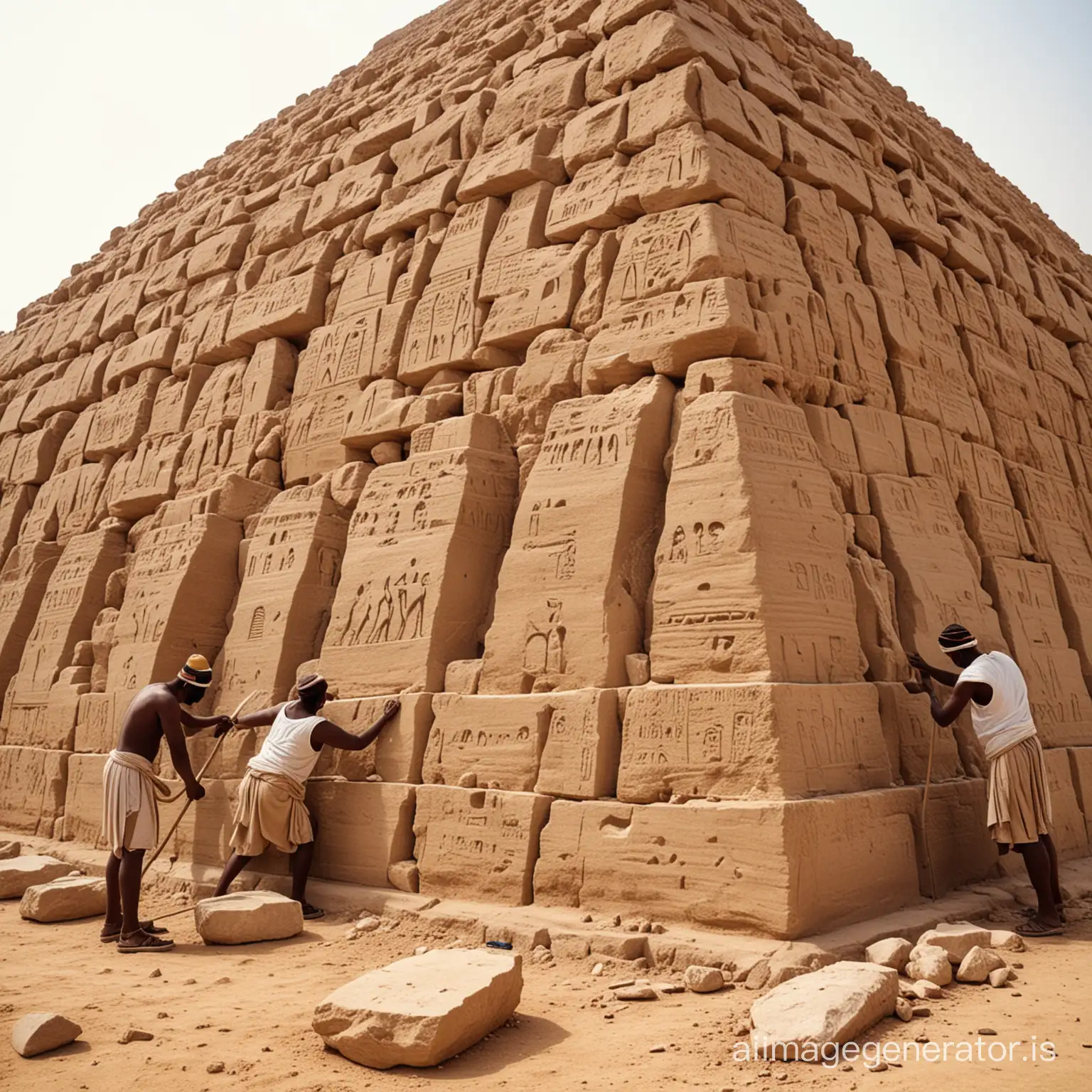
Image Prompt
Prompt
une photo d'esclaves égyptiens en 2000 avant JC taillant des pierres pour construire une pyramide
Model: realistic
Ratio: 1:1
Related AI Images
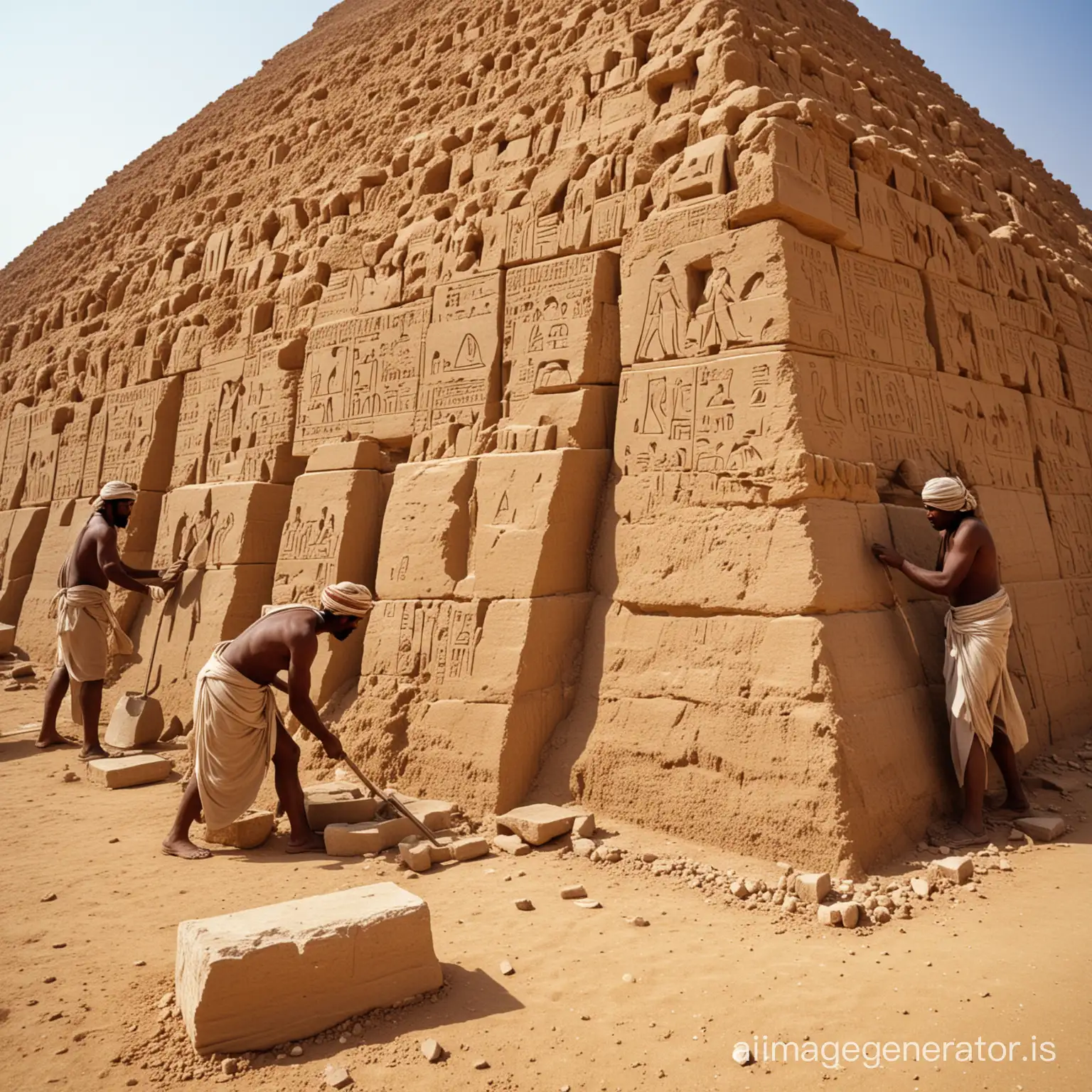

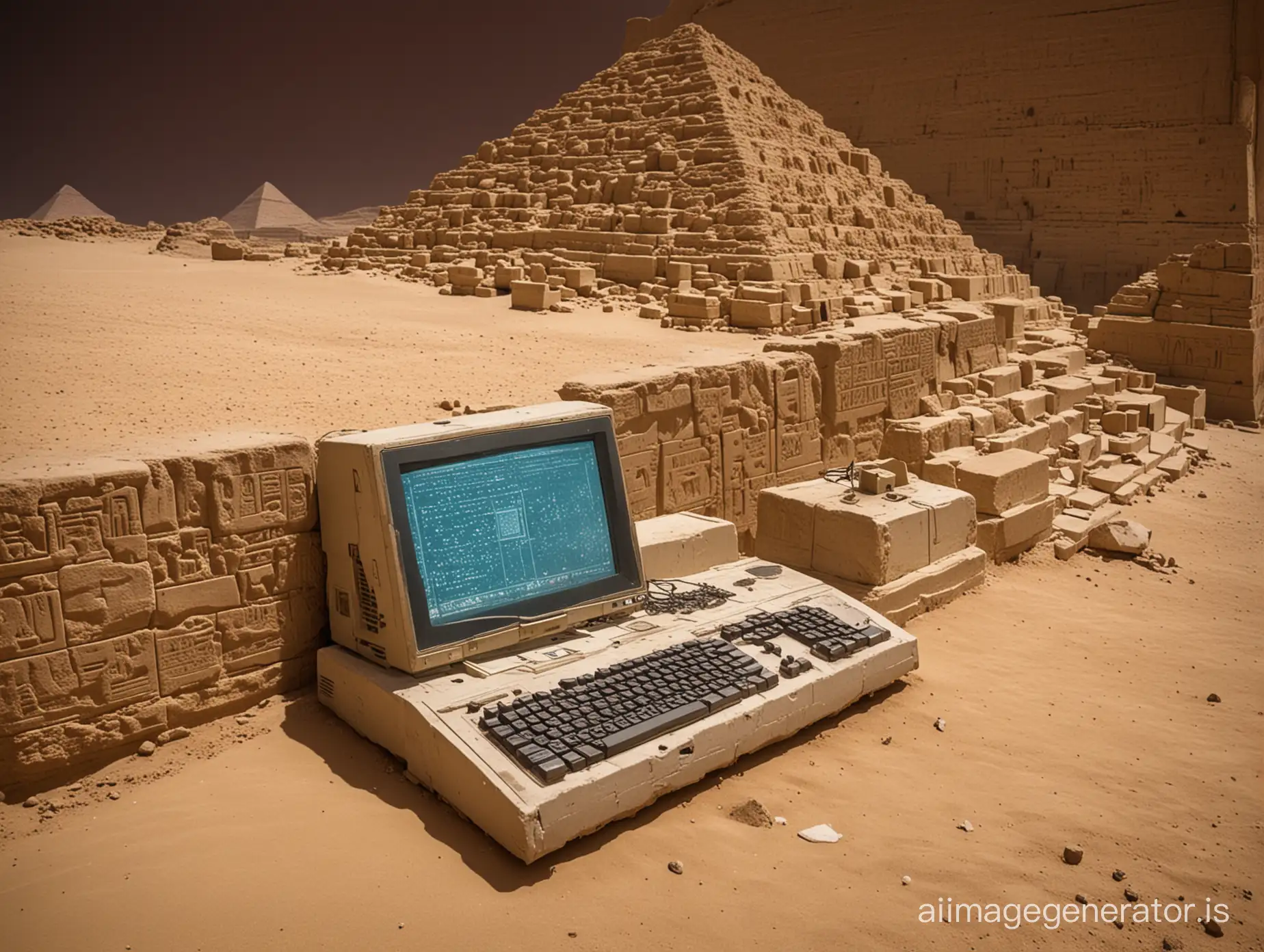


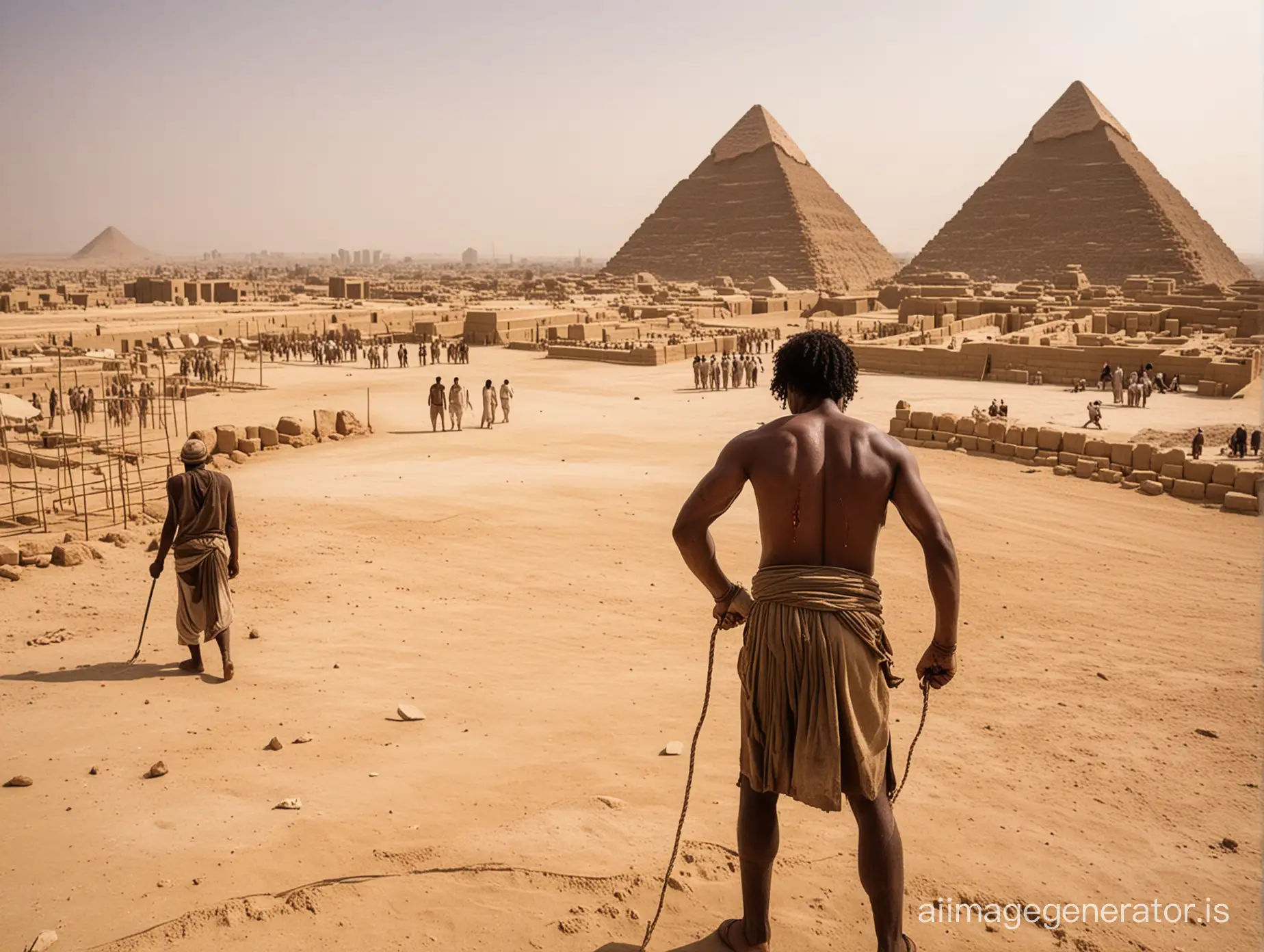
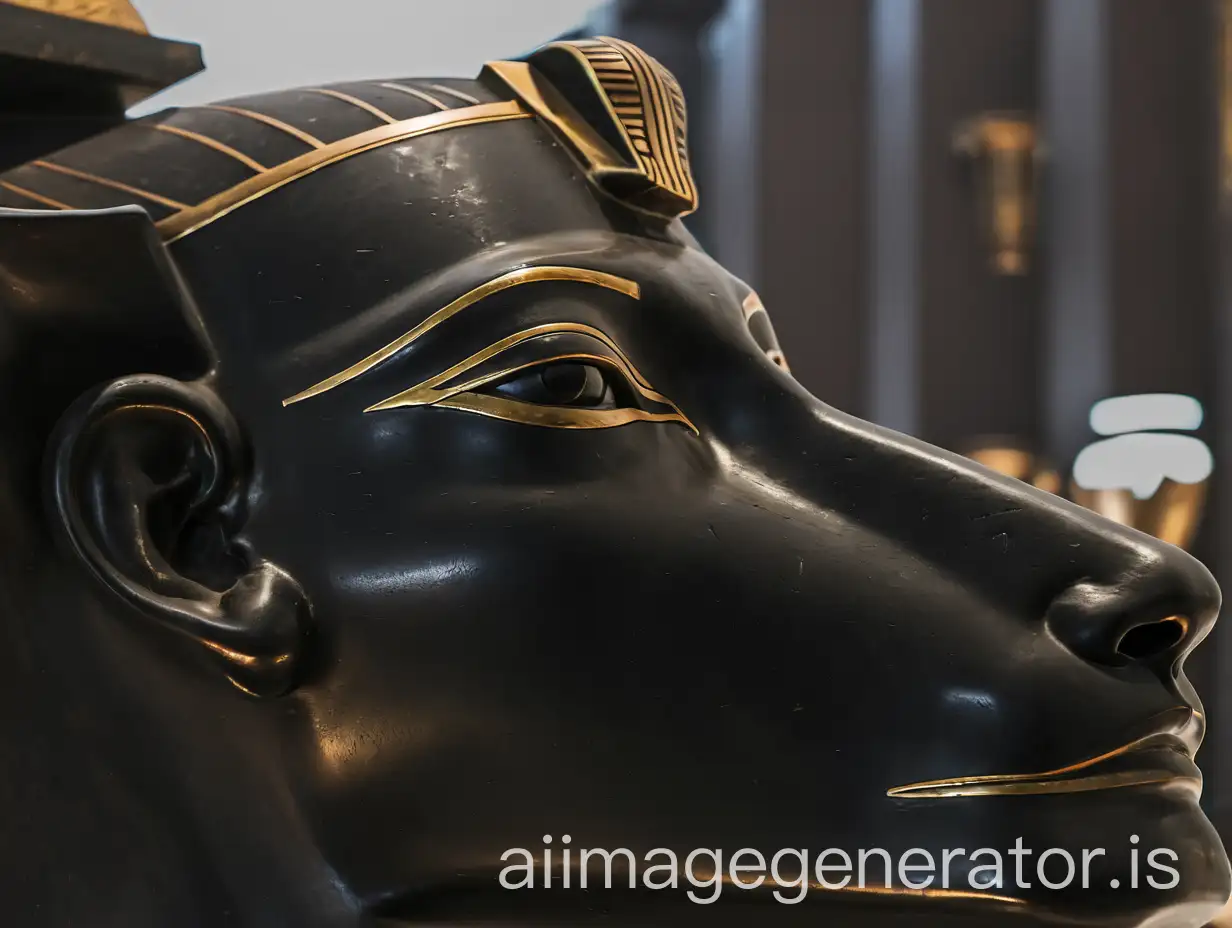
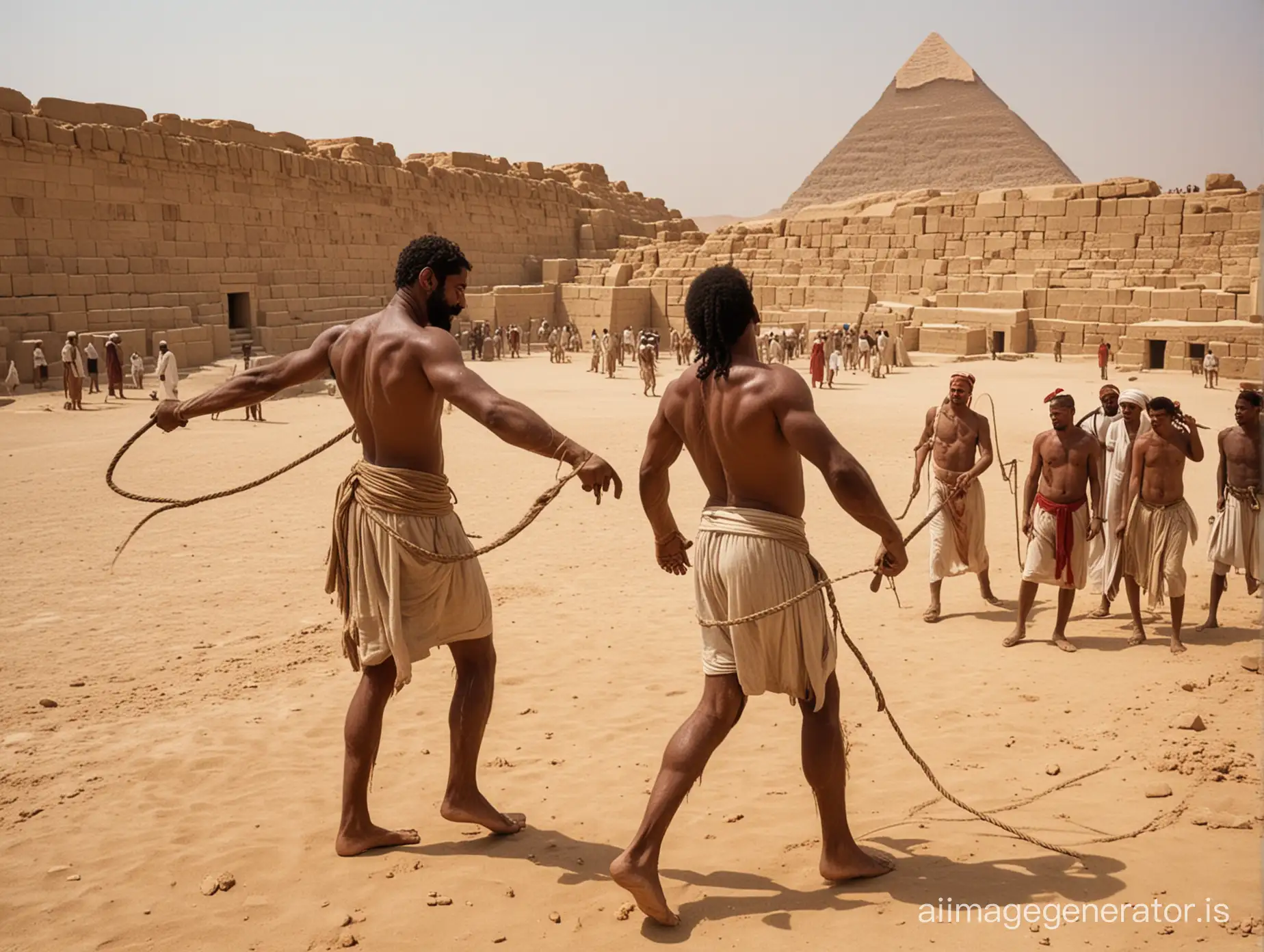
R
Related Tags
Prompt Analyze
- Subject: The central focus of the image is on Egyptian slaves engaged in the laborious task of carving stones, indicating the monumental effort required for pyramid construction. The slaves are depicted in the context of 2000 BC, highlighting the historical setting and the ancient civilization's architectural marvels. Background: The background may feature the vast desert landscape of Egypt, with hints of other workers, overseers, or structures in the distance, emphasizing the scale and scope of the pyramid construction project. Style/Coloring: The image could adopt a realistic style, with earthy tones and muted colors to evoke the ancient ambiance and the harsh conditions faced by the slaves. The lighting might be stark, casting dramatic shadows to convey the intensity of the labor. Action: The slaves are shown actively chiseling and shaping massive stones, capturing the physical exertion and determination required for such monumental tasks. The image may also depict overseers or taskmasters overseeing the work, adding a layer of authority and control. Items: Various tools used for stone carving, such as chisels, hammers, and ropes, could be scattered around the scene, illustrating the tools of the trade and the primitive techniques employed by ancient laborers. Costume/Appearance: The slaves are depicted wearing simple, tattered garments, reflecting their low social status and the harsh conditions of their existence. Their physical appearance may show signs of exhaustion, with sweat-soaked clothes and weary expressions. Accessories: The scene may include architectural sketches or plans nearby, indicating the meticulous planning and engineering involved in pyramid construction. Additionally, hieroglyphics or symbols on the stones being carved could add authenticity and cultural richness to the image.